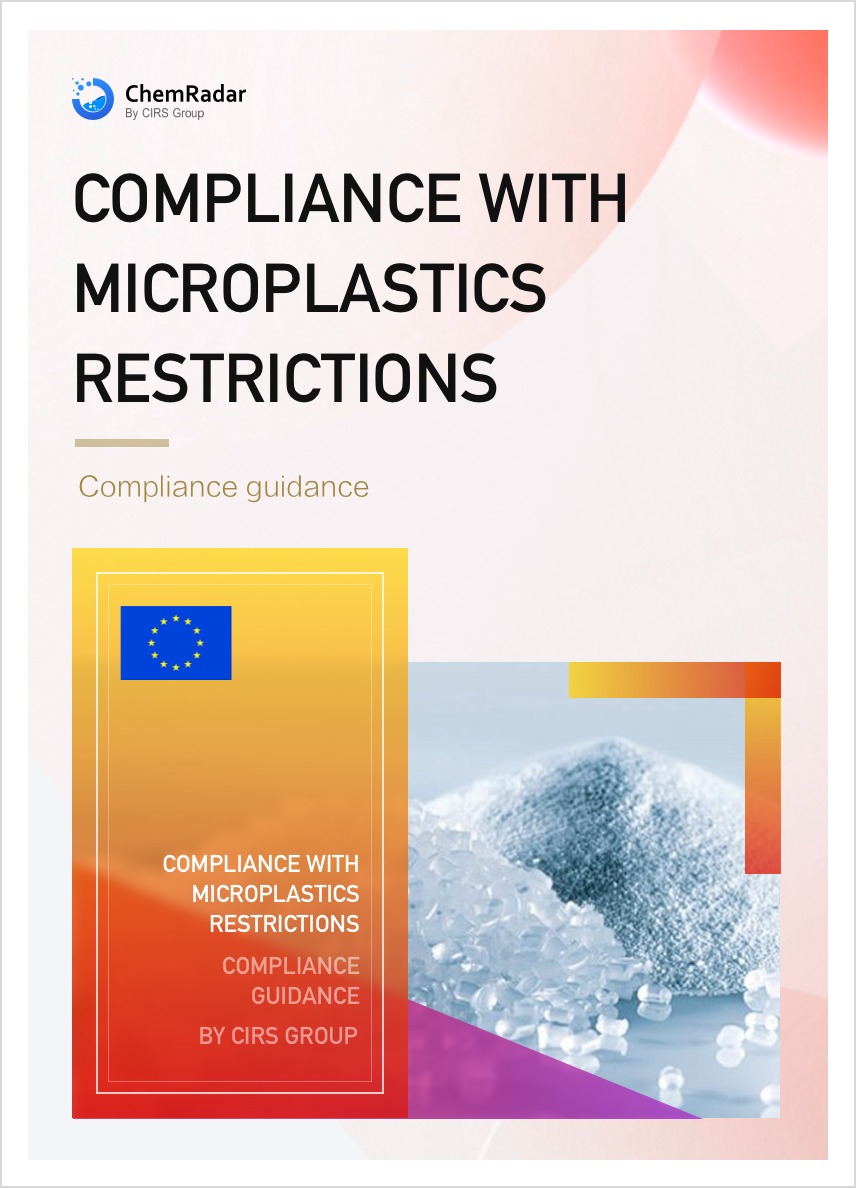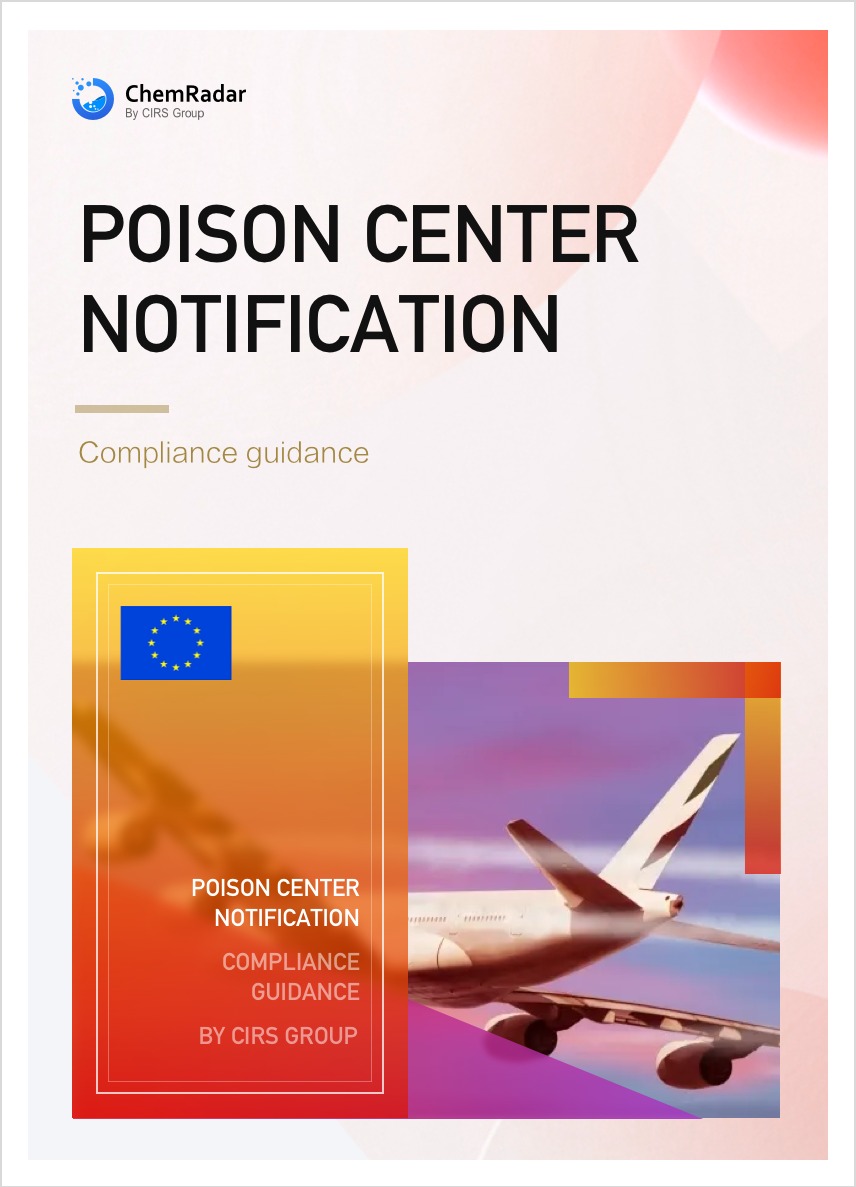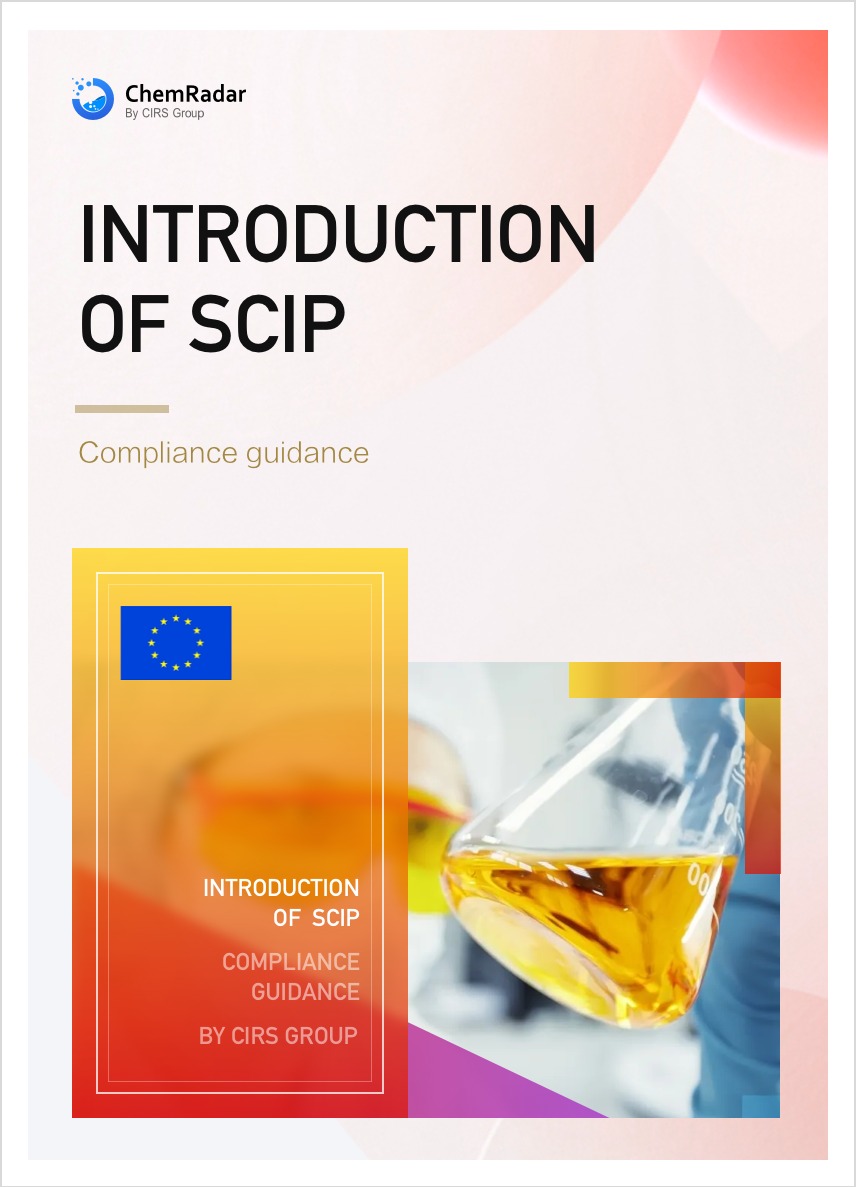In April 2025, the European Chemicals Agency (ECHA) released its 2024 annual work report, showcasing its significant achievements and challenges in chemical regulation over the past year. Here are the key highlights:
1. Dossier Preparation
In 2024, ECHA processed numerous data-sharing consultations and disputes in compliance with regulations, achieving a 14% year-on-year increase in processing volume to ensure efficient operations. It also provided full - cycle tool support and professional guidance for enterprises' information registration and updates.
| Indicators | Estimate | Actual |
| Inquiries received and concluded | 4,800 | 5,491 |
ECHA co-hosted its first IUCLID and eChemPortal International Coordination Conference with the OECD, addressing global chemical data exchange standardization challenges and promoting cross-border data management consensus. It upgraded the IUCLID system, adding modules like format validation for EU and international regulatory requirements and smart filtering. ECHA also participated in the OECD Test Guidelines Experts Working Group to support the development of technical standards in key areas and enhance the international chemical regulatory system.
2. Dossier Submission and Processing
In 2024, ECHA optimized processes and tools to efficiently handle enterprise - submitted dossiers under REACH and CLP frameworks, with a surge in C&L notifications due to batch submissions and automated transmission. All registration dossiers underwent completeness checks, with one - third subject to manual verification. The number of enterprise - submitted dossiers was lower than expected, but data completeness improved significantly. The number of registration cases failing the first - tier technical completeness check (669) was much lower than the estimated 1,300 based on historical data. An appeal against a completeness check decision was rejected, validating ECHA's enforcement approach.
| Indicators | Estimate | Actual |
| Number of PPORD notifications received | 240 | 238 |
| Number of C&L notifications received | 35,000 | 168,990 |
| Number of Registration dossiers received (incl. updates) | 15,000 | 13,470 |
| Registrations stopped for manual verification at technical completeness check | 5,100 | 4,206 |
| Number of registrations failing first technical completeness check | 1,300 | 669 |
| Number of confidentiality assessments concluded | 220 | 241 |
| Number of revocations or invalidations concluded | 150 | 126 |
ECHA initiated an industry - submission system integration plan, piloting with DWD drinking water data reporting to build a unified portal platform for streamlined enterprise dossier submission.
3. Identification and Prioritisation
In 2024, ECHA restructured the International Regulatory Strategy (IRS) with the EU Commission and member states, establishing new objectives centered on intelligent chemical database management and substance - group risk control. Through cross - framework collaboration with EFSA, EMA, etc., it implemented the "one - substance - one - assessment" integrated regulatory model on the RIME + platform, achieving three key breakthroughs.
| Indicators | Estimate | Actual |
| Number of groups of substances for which a preliminary conclusion on potential regulatory follow up was drawn or further clarified | 40 | 47 |
4. Evaluation
In 2024, ECHA completed the rectification of the 2023 joint evaluation plan, established a new compliance review mechanism, and met the 2024 evaluation targets. It improved case - handling efficiency by 300% through collaboration with member state regulatory agencies and set up an evaluation decision - response tracking system to ensure 100% compliance of enterprise - submitted data.
| Indicators | Estimate | Actual |
| Compliance checks concluded: draft decisions or no action | 250 | 251 |
| Final decisions on dossier evaluation (testing proposals and compliance checks) | 250 | 300 |
| Number of substances for which a conclusion was reached in the follow-up to dossier evaluation | 250 | 219 |
ECHA updated the CoRAP list with 25 new substances for assessment and completed 19 substance evaluation conclusions. Its support mechanism for member state assessment agencies achieved a 92% satisfaction rate.
| Indicators | Estimate | Actual |
| Substance evaluation final decisions issued | 10 | 3 |
| Number of substances for which a conclusion was reached in substance evaluation | 25 | 19 |
5. Authorisation
In 2024, ECHA updated the SVHC candidate list, adding two environmental endocrine disruptors (totaling 242), and upgraded data standards for one existing substance. Despite a sharp decline in authorization applications to 43, the scientific committee faced a structural imbalance between assessment capacity and application volume. Downstream user SVHC - usage notifications were only 766, falling short of the estimated 3,000.
| Indicators | Estimate | Actual |
| Number of new entries in the Candidate List | 15 | 2 |
| Applications and review reports for authorisation received (number of uses) | 40-60 | 57 |
| Number of downstream user notifications of authorised uses of SVHCs | 3000 | 766 |
| Number of RAC and SEAC opinions adopted on applications for authorisation (number of uses) | 40 | 55 |
6. Restrictions
In 2024, ECHA completed full - chain risk assessment reports for 60 aromatic brominated flame - retardant substances. It delayed the compilation of the chromium - VI - substance restriction regulation to April 2025 and completed four authorization - substance - usage restriction screening reports.
| Indicators | Estimate | Actual |
| Restriction proposals or investigation/screening reports developed | 5 | 5 |
| Number of RAC and SEAC opinions on restriction proposals | 1 | 1 |
7. Classification and Labelling
In 2024, ECHA efficiently processed 60 chemical uniform classification proposals, with the RAC Committee approving 56 classification and labeling technical opinions. It achieved a milestone in CLP regulation revision.
| Indicators | Estimate | Actual |
| Proposals for harmonised classification and labelling | 50 | 60 |
| Number of RAC opinions on proposals for harmonised classification and labelling | 50 | 56 |
| Decisions made on requests to use an alternative chemical name (Art 24 CLP) | 40 | 20 |
ECHA upgraded the CLP regulation adaptation system, enabling smart connectivity between IUCLID data interfaces and notification portals.
| Indicators | Estimate | Actual |
| Poison centre notifications received and made available to Appointed Bodies and Poison Centres | 2 to 3 million | 3,148,898 |
| Poison centre notifications viewed by national authorities in the PCN central database | 15,000 | 22,775 |
8. Data Management and Dissemination
In Q1 2024, ECHA launched ECHA CHEM 1.0, a new - generation chemical information platform, achieving full - scale public disclosure of REACH registration dossier data.
9. Promotion of Alternatives to Animal Testing
In 2024, ECHA achieved dual - version iteration of QSAR Toolbox, completed full - function deployment of Meta Map, and integrated it with IUCLID 8.0. It led in developing OECD omics - sampling international standards and initiated a revolutionary animal - testing - alternative plan.
10. Biocides
In 2024, ECHA completed 15 active - substance opinions and 1 approval review opinion. It published 17 EU authorization opinions and 8 opinions requested by the EU Commission.
| Indicators | Estimate | Actual |
| Number of opinions on active substances [approval & renewal] | 15 | 15 |
| Number of opinions on Union authorisation of biocidal products | 20 | 17 |
| Number of opinions on Union authorisation and related processes: same biocidal products, administrative, minor and major changes. | 35 | 40 |
| Number of technical equivalence application assessments | 30 | 32 |
11. Prior Informed Consent
In 2024, ECHA received and successfully processed 10,448 export notifications.
| Indicators | Estimate | Actual |
| Export notifications processed | 11,000 | 10,448 |
| Share of notifications validated by ECHA | 90% | 94% |
| Support provided to PIC duty holders (importers and exporters) | 250 | 253 |
12. Persistent Organic Pollutants
In 2024, ECHA updated the scientific dossiers for siloxane - related substances (D4, D5, D6) and screened candidates for POPs - standard compliance.
| Indicators | Estimate | Actual |
| Number of scientific dossiers drafted for the identification of new substances as Persistent Organic Pollutants | 1 | 1 |
| Support provided to various stakeholders | 50 | 70 |
| Scientific and technical support provided to the Commission, EU and non-EU CAs | 10 | 35 |
Summary
ECHA made significant progress in 2024, particularly in chemical safety, data transparency, and organizational development. Moving forward, it will continue to address emerging challenges, including supporting the EU's Green New Deal, promoting non - animal testing methods, and strengthening cooperation with member states and stakeholders.





